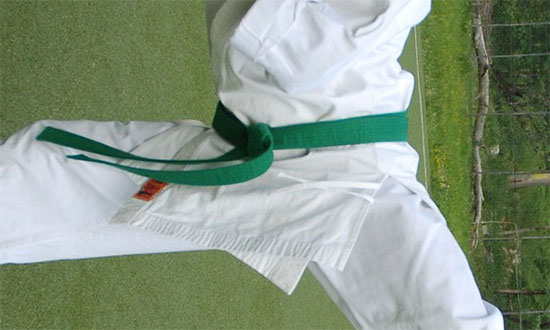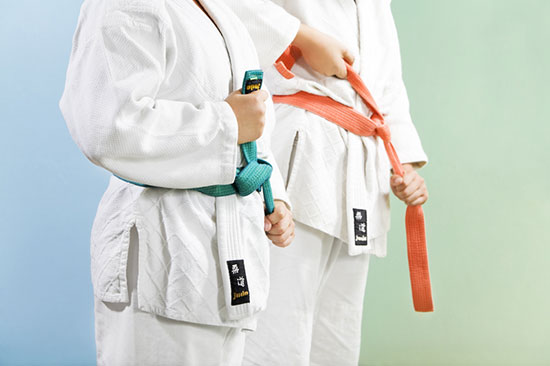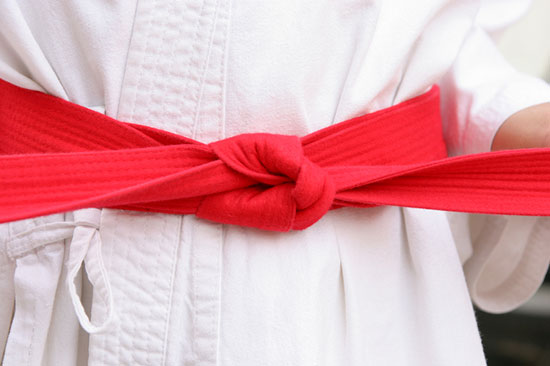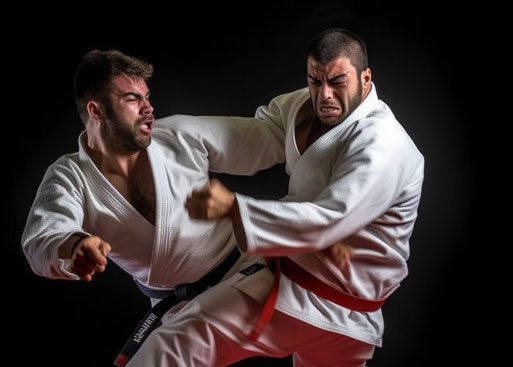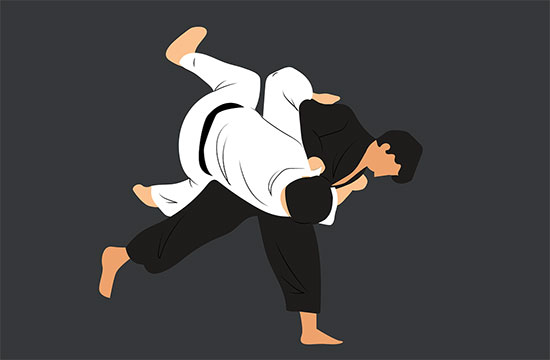The blue belt is one of the intermediate rankings in judo. We will talk about everything you need to know about the judo blue belt, including its prerequisites, abilities, and methods.
Contents
What does a blue belt in Judo mean?
Between the white and yellow belts, which are the starting levels in judo, and the brown and black belts, which are the advanced rankings, lies the blue belt.
It denotes that the judoka has a firm grasp of the foundational techniques of judo, has honed their execution, and is now prepared to study more complex techniques.
The blue belt is frequently regarded as a crucial turning point for judokas. It serves as a reward for the judoka’s commitment to training and hard effort and signals that they are getting closer to earning a black belt.
Blue Belt requirements in Judo
The judo blue belt criteria differ by nation and by unique club or organization. A judoka must typically fulfill the following requirements to be promoted to the blue belt:
Time in Rank
The judoka must have remained in the prior rank for a specific amount of time, usually at least 6 months.
Judo knowledge
The judoka must exhibit a thorough knowledge of the fundamental moves in judo, such as throws, pins, chokes, and arm locks. They should be competent in using these strategies and be aware of when and how to do so.
Competing in tournaments
This is a requirement for many clubs and organizations before judokas may advance to the blue belt level. This shows that the judoka has experience using their skills in real-world competition.
Discipline
Judo teaches respect, self-control, and humility in addition to its physical techniques. A judoka must exhibit impeccable manners both on and off the mat in order to be promoted.
Skills and moves required for the blue belt
The blue belt is a substantial advancement from the white and yellow belt novice levels. The judoka should be adept at performing the basic judo maneuvers, such as throws, pins, chokes, and arm holds, at this level.
They ought to be able to combine various strategies and switch between them with ease.
A blue belt should have the following essential skills and knowledge:
Throws
A blue belt should be adept at performing a variety of throws, such as hip throws, foot sweeps, and sacrifice throws.
They should be able to perform these throws using a variety of grips and positions and be aware of when and how to use them in real-world scenarios.
Groundwork
Judo focuses on ne-waza, or groundwork, in addition to throws. The blue belt should be skilled in applying arm locks, chokes, and pins from various ground positions.
Also, they should be able to combine various strategies and switch between them with ease.
Grip fighting
Grip fighting is a crucial technique in judo. The blue belt should be able to take control of their opponent and keep it, preventing them from using their techniques correctly.
They should also be able to release their opponent’s hold and use other grips to carry out their own tactics.
Combination Techniques
Judo is all about gliding between various techniques and fluid movement in general. Blue belts need to be able to use combination moves, including throws followed by pins or chokes.
They should also be able to quickly respond to shifting circumstances and counter the strategies of their adversary.
Randori
Randori is a training method where two judokas perform their moves in a real-world setting. In randori, the blue belt should be able to use their techniques efficiently and adjust to the movements and reflexes of their opponent.
Kata
Pre-planned techniques are utilized to teach and display judo concepts through kata. The basic kata, such as the Nage-no kata and Katame-no kata, should be thoroughly understood by the blue belt.
Judo is a physically demanding discipline that calls for strength, endurance, and agility. 7. Fitness and Conditioning To perform their techniques correctly and resist the physical demands of practice and competition, blue belts should be in good physical shape.
Advice for advancing in the judo belt system
Consistency
To advance in judo, you must attend class regularly and train consistently. Strive to frequently attend classes and put your skills into practice.
Concentrate on Fundamentals
Achieving the blue belt in judo requires mastering the fundamental moves. Before advancing to more complex techniques, concentrate on mastering your fundamental throws, pins, chokes, and arm locks.
Participate in Tournaments
Showing off your abilities at tournaments is a great opportunity to impress your instructors and earn real-world experience. Also, it gives you a chance to develop your skills and learn from other judokas.
Feedback
Request comments from your professors on your methods and potential areas for development. Consider their advice carefully and focus on strengthening your areas of weakness.
Training with a variety of Partners
Developing your skills and becoming accustomed to various judo styles can be facilitated by training with partners who possess a range of abilities and physical characteristics.
Conclusion
The intermediate level of “blue belt” in judo denotes a substantial advancement in a judoka’s development.
A judoka must have a thorough understanding of the fundamental judo moves, be skilled in using them, and exhibit good manners both on and off the mat in order to earn the blue belt.
Every judoka can get the blue belt with consistent training and practice, but it does take time and determination to master the necessary abilities and techniques.
